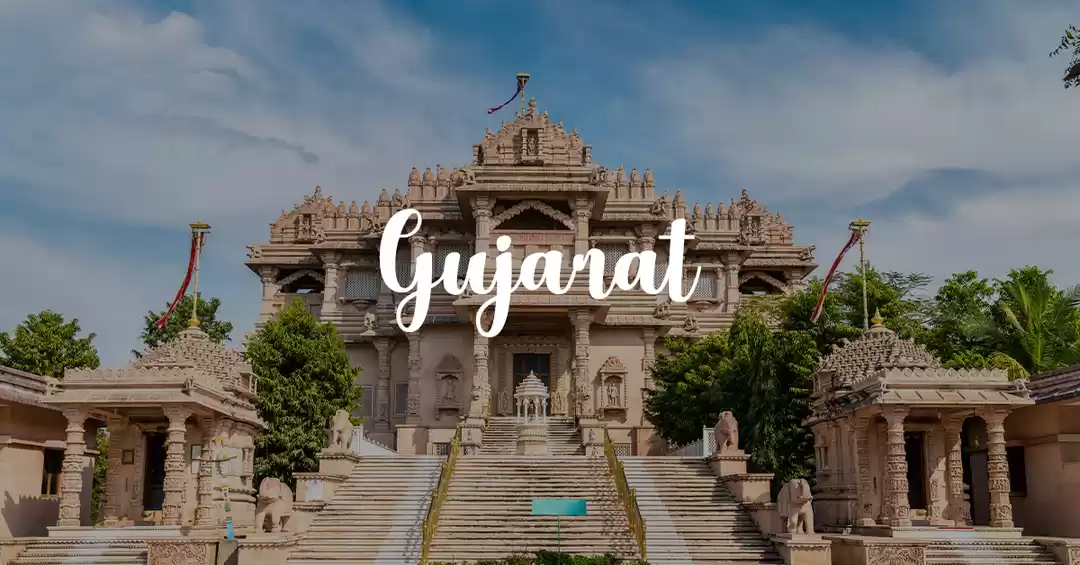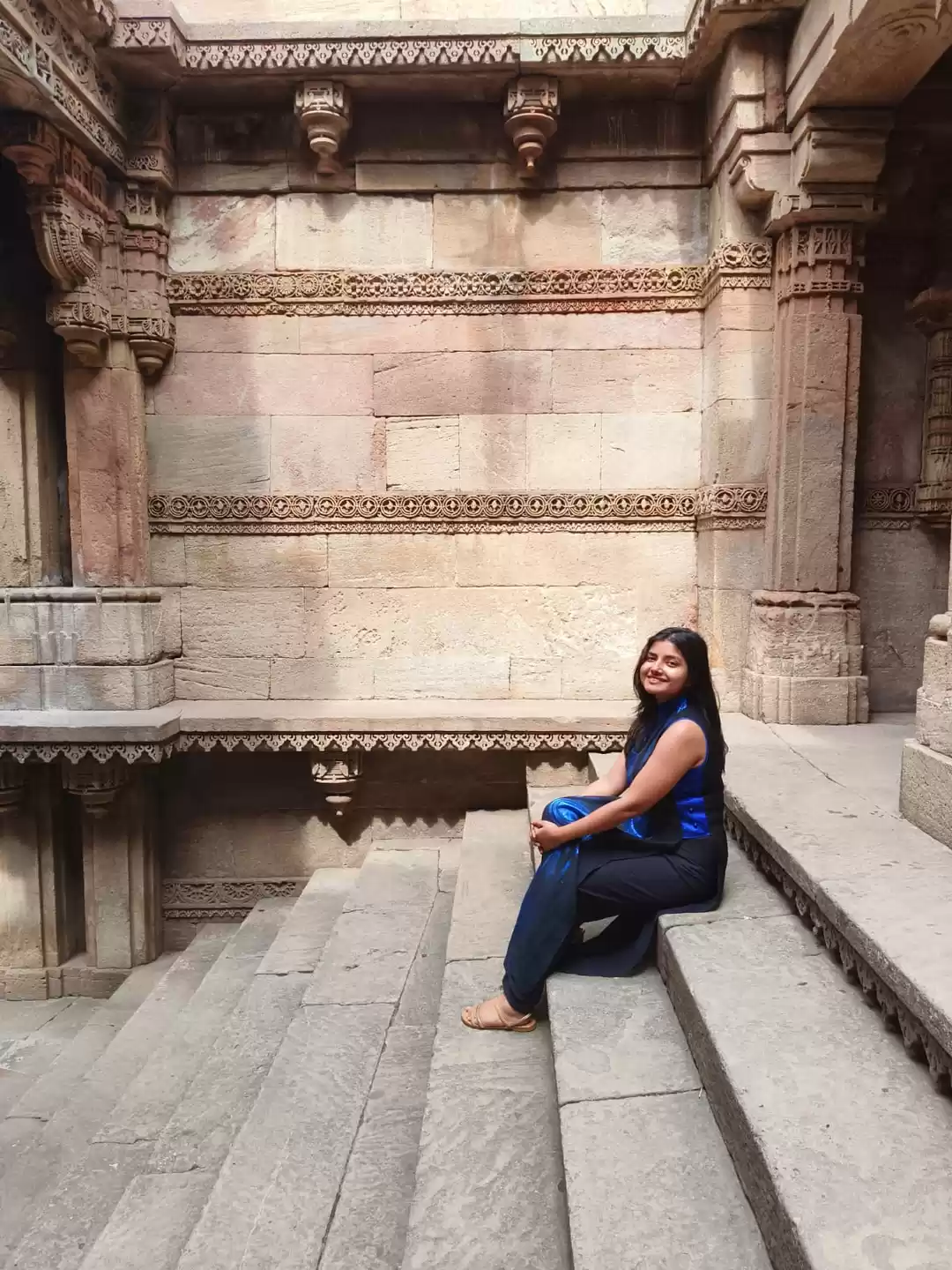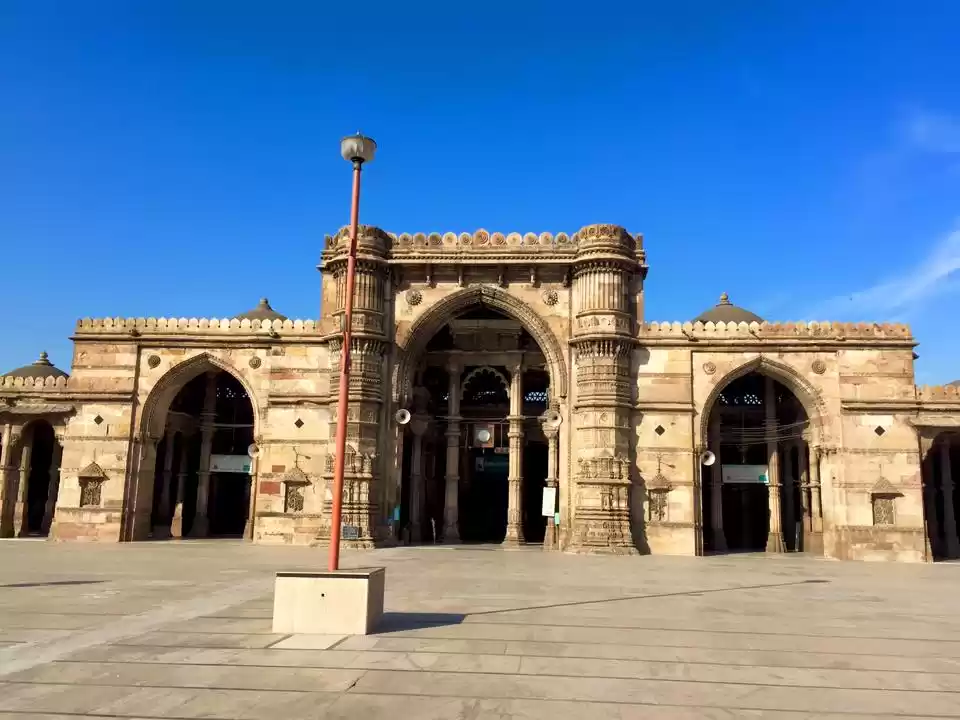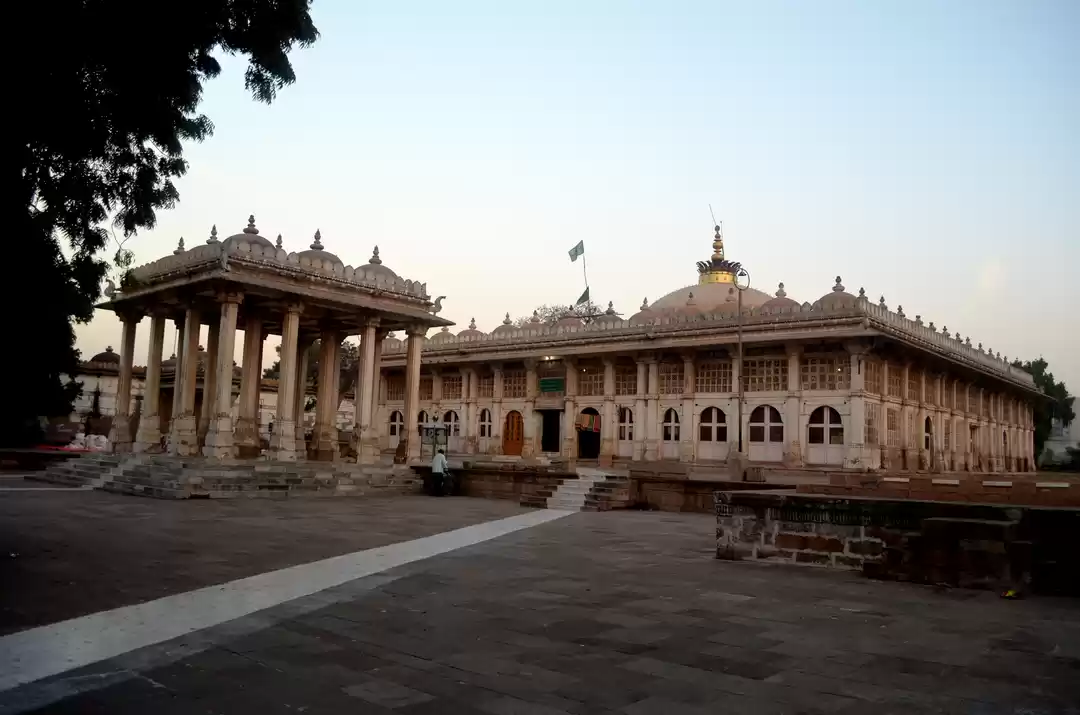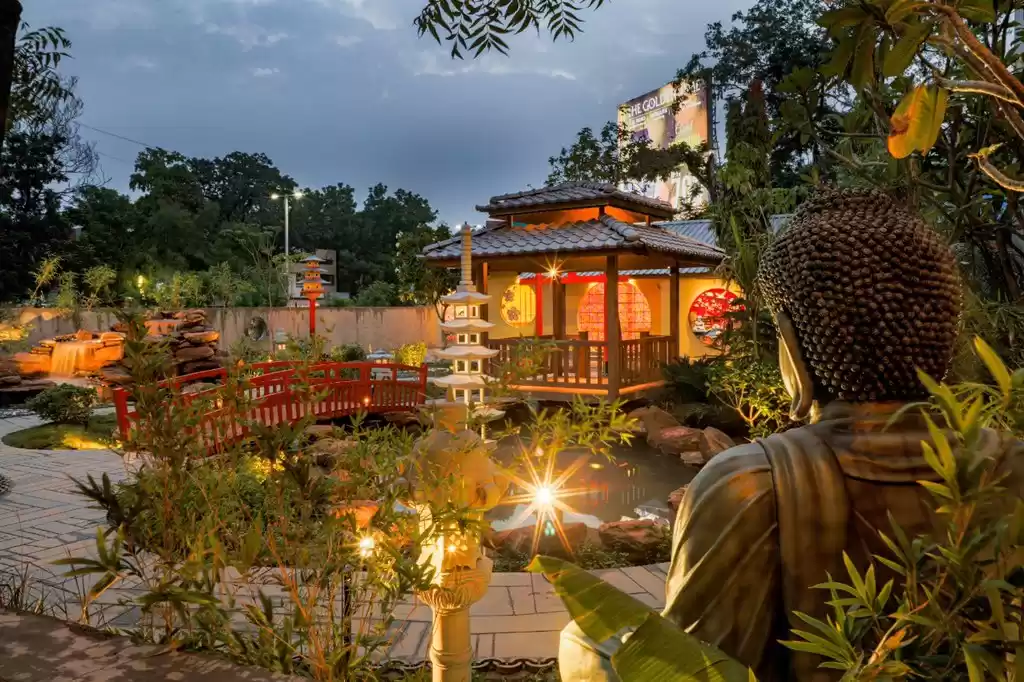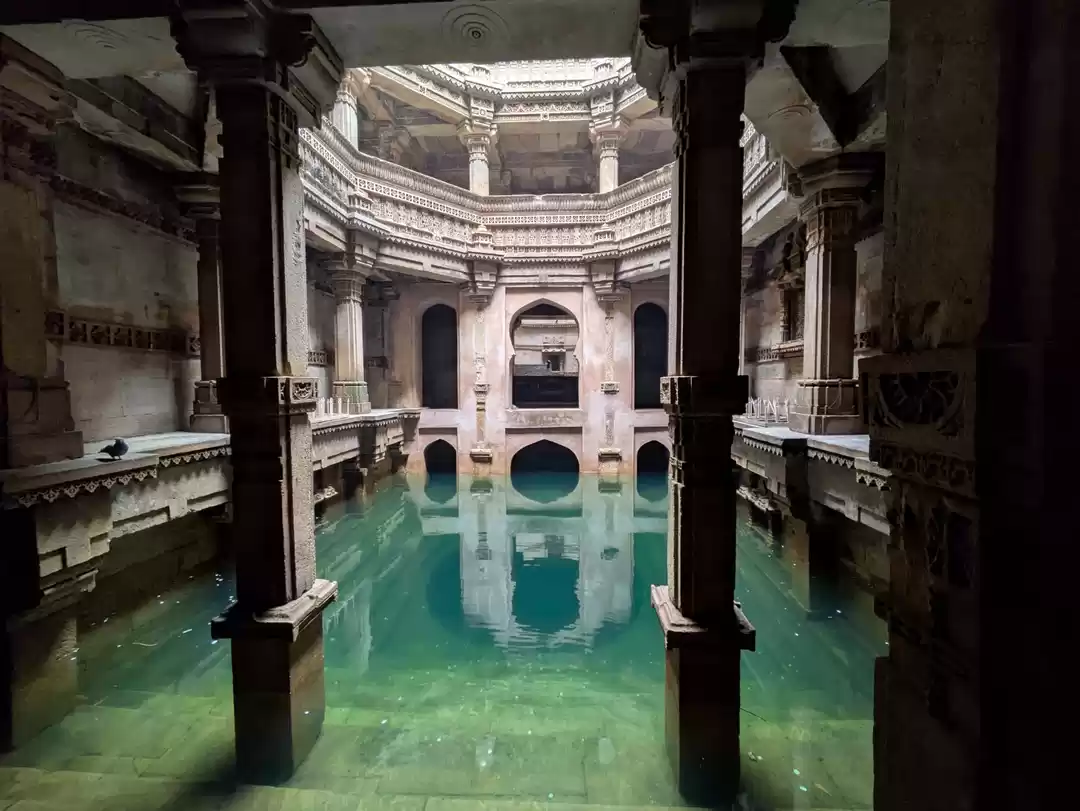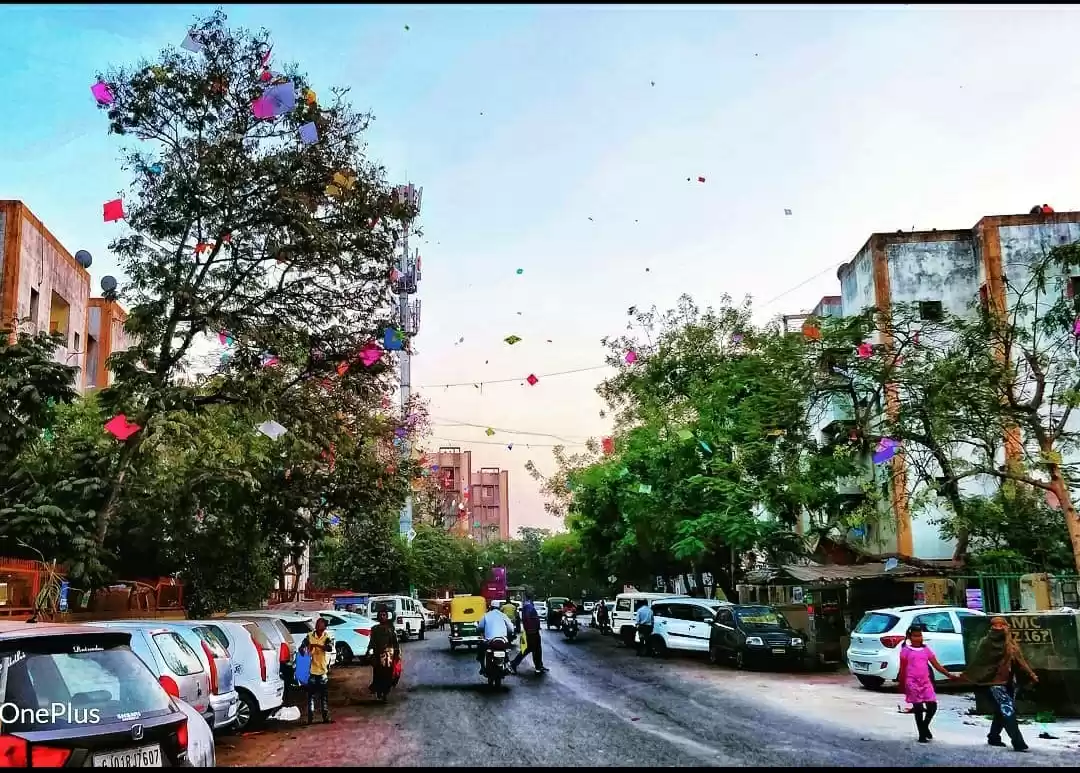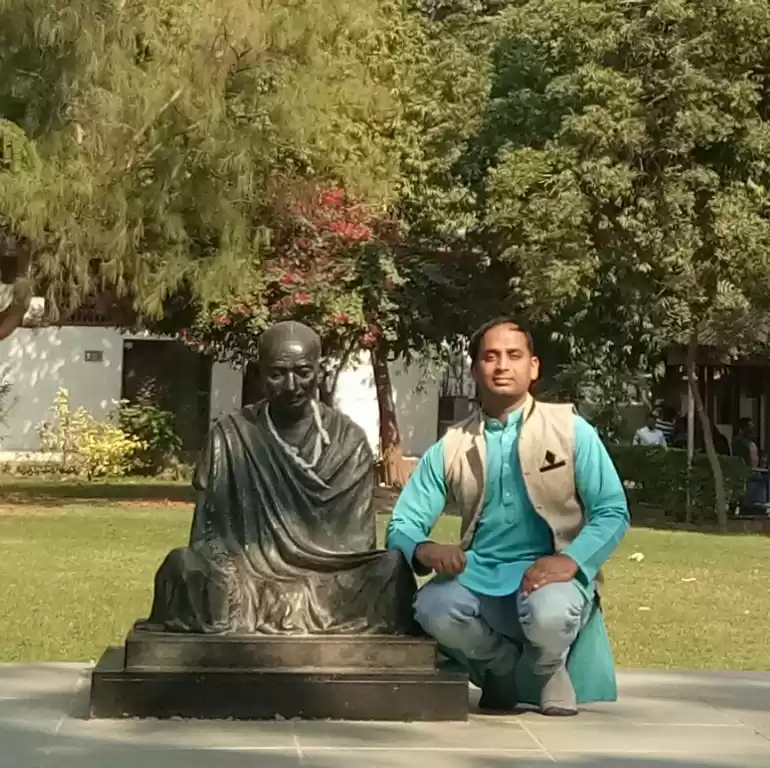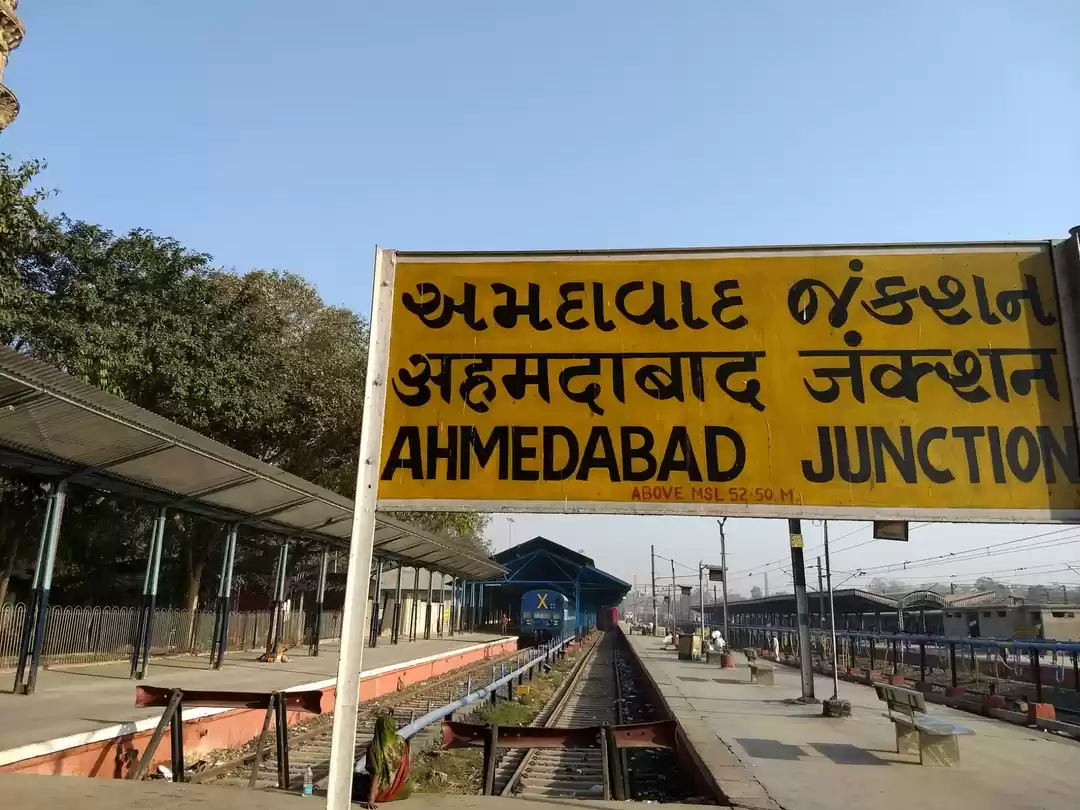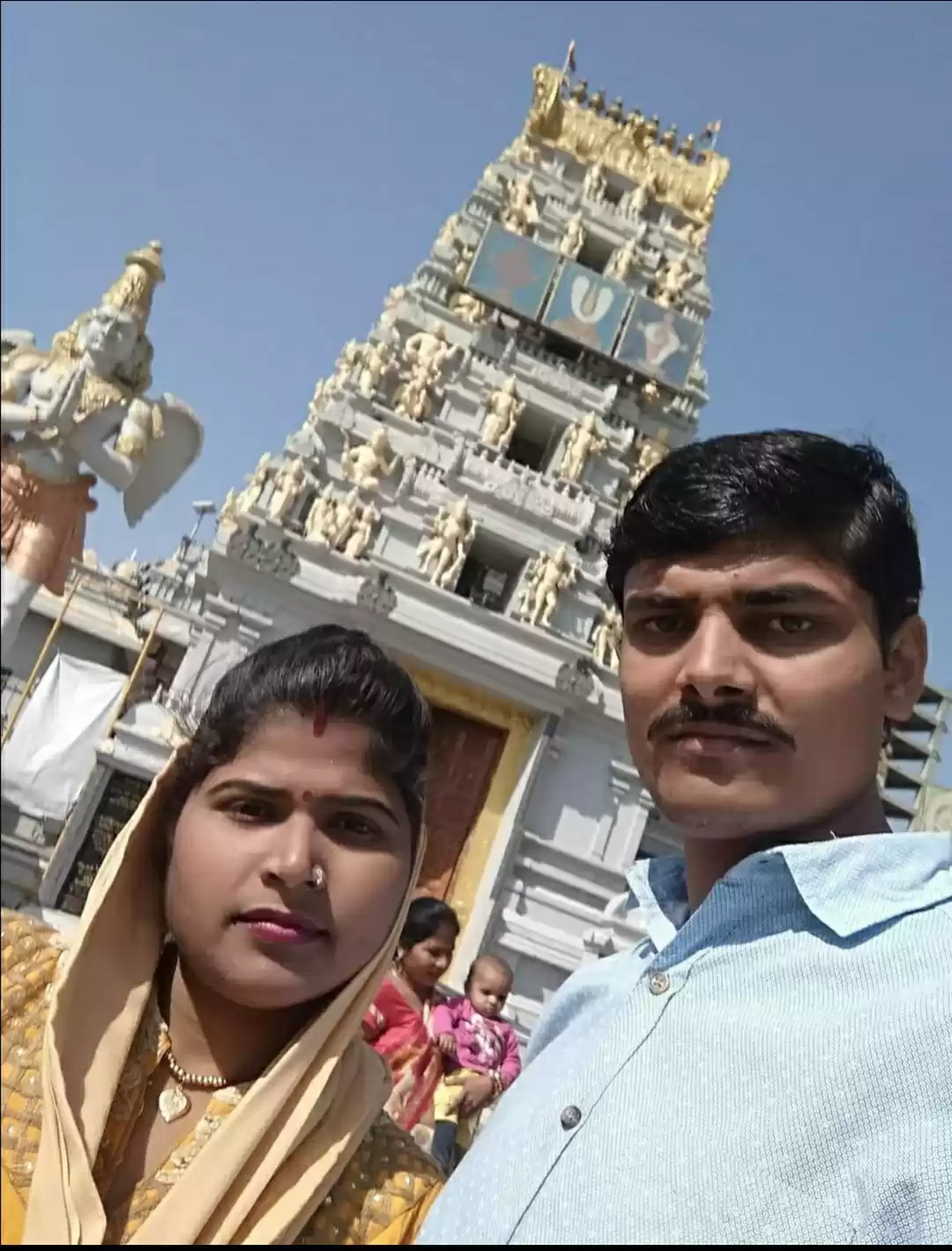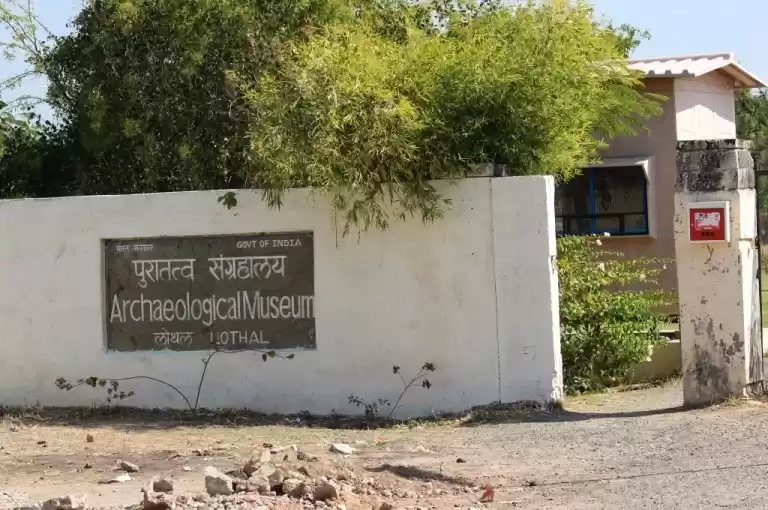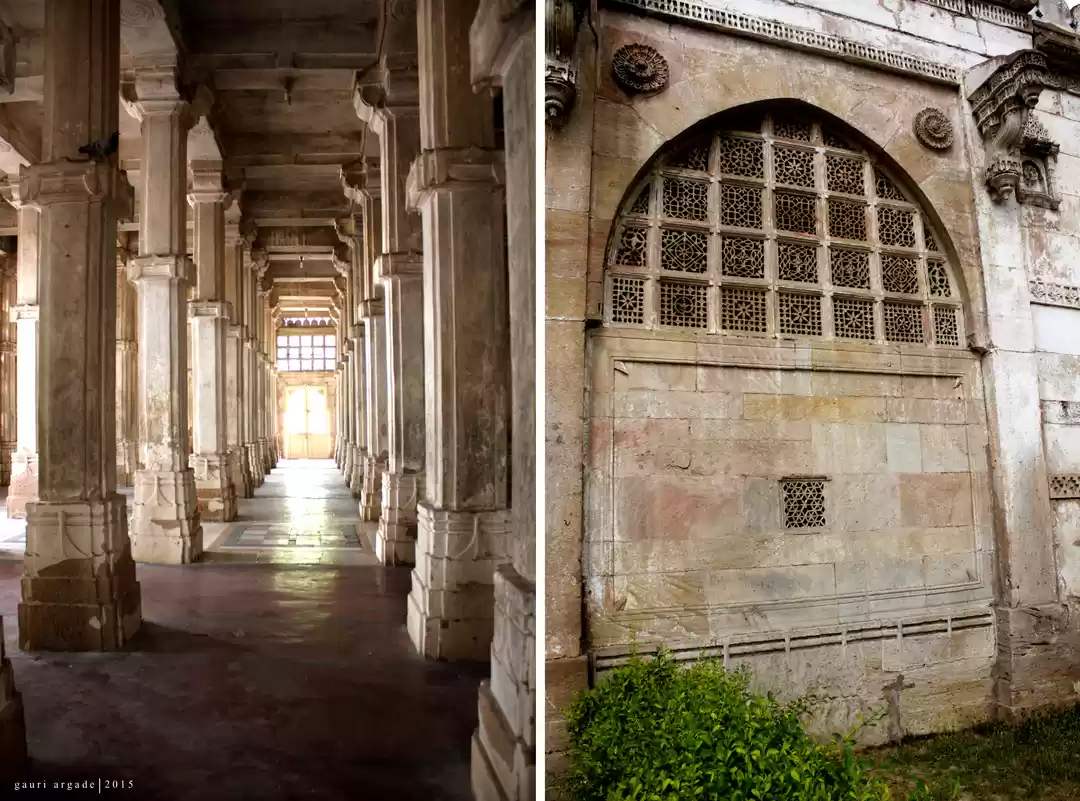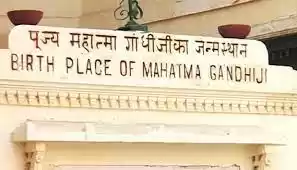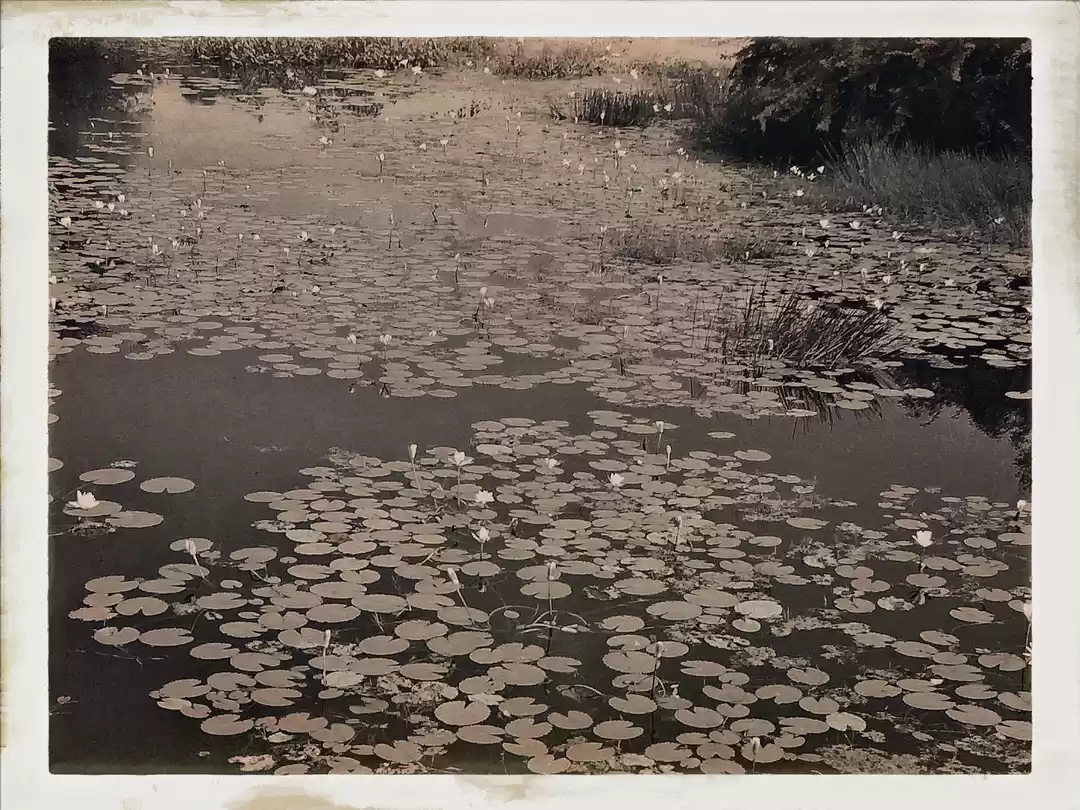"The best way to find yourself is to lose yourself in the service of others"-M.K Gandhi
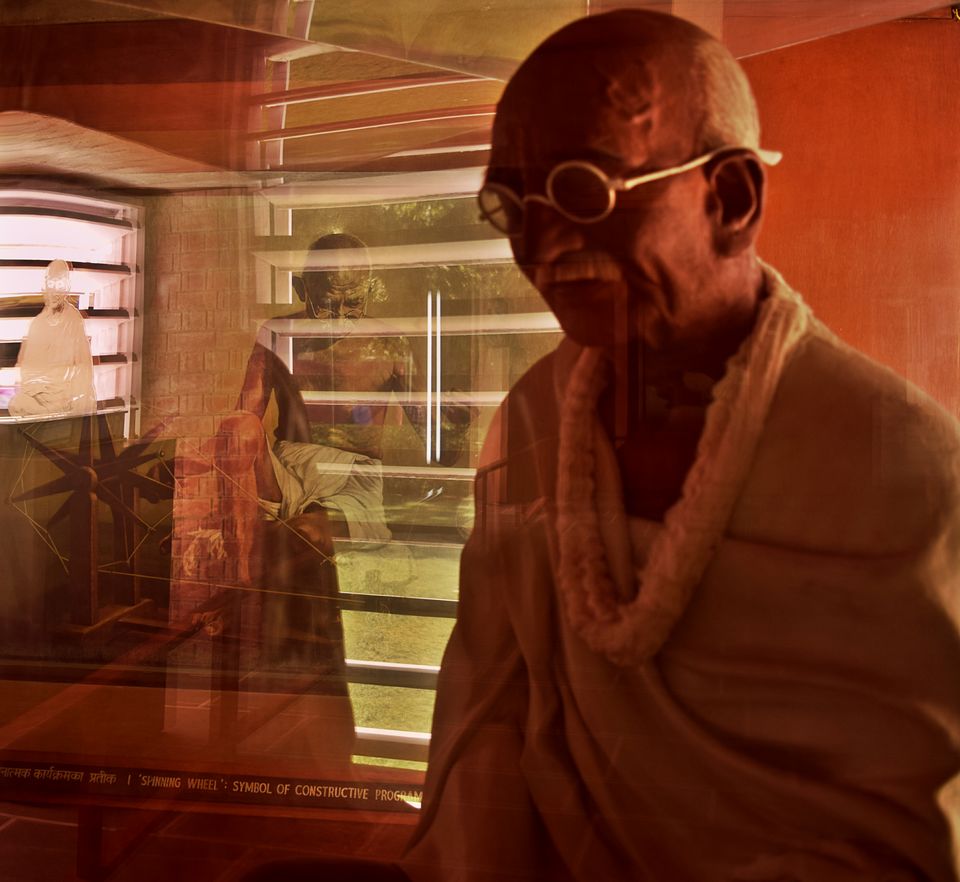
On the occasion of the birth anniversary of the 'Father of the nation', Mohandas Karamchand Gandhi, I would like to take you down the memory lane through the place that became home to our Bapu (father) and the ideology that set India free.
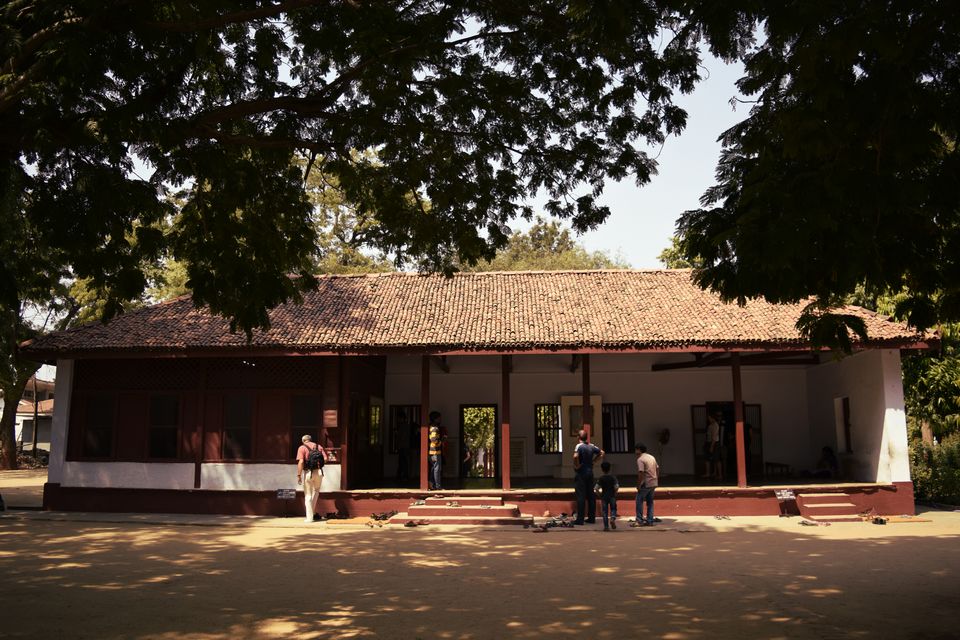
On returning from South Africa, Gandhi established his first ashram at Kochrab, in the heart of the city of Ahmedabad. But as Bapu wanted to pursue some constructive activities related to animal husbandry, farming etc. he wanted to move to a more open space. Hence, this place on the banks of river Sabarmati came into picture. It was far from the city, surrounded by jungle, on the rugged banks of Sabarmati and very close to the British prison. Bingo! perfect according to Bapu.
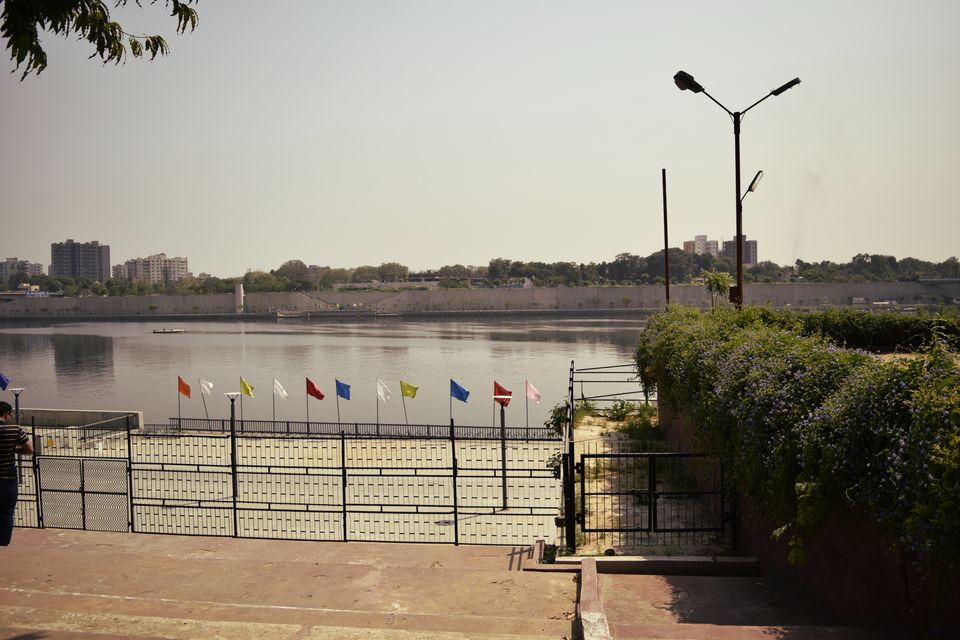
On finalizing this place as his base Bapu said & to quote "This is the right place for our activities to carry on the search for truth and develop fearlessness for, on one side, are the iron bolts of the foreigners, and on the other, thunderbolts of Mother Nature."
This ashram was Bapu's residence for close to 12 years and is popularly known as Satyagrah ashram as it was the base and initiation point for the famous Dandi March (Salt Satyagrah), in protest of the British salt law. (the law that enforced tax on Indian salt to promote British salt in the country).
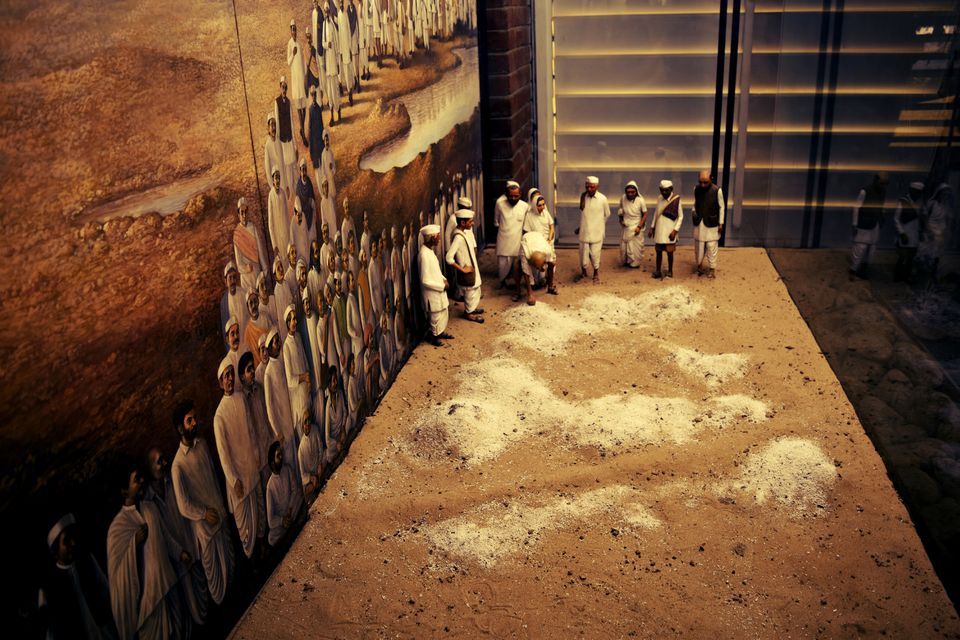
It was due to this popular mass civil disobedience movement that the ashram was devoid of its founder in 1930. Dandi march led to jailing of 60000 freedom fighters and seizing the ashram property by the then British government. Gandhi asked the government to return the ashram but was not met with a positive response. Hence, Bapu vowed to not return to the place until India had gained Independence, which was again fatefully not fulfilled.
India gained Independence on 15th August, 1947 and Gandhi was assassinated 30th January, 1948.
Mythological reference
Incidentally Bapu's chosen site for his ashram holds its own glory in Hindu mythology for extreme sacrifice. The current site of the Sabarmati ashram is also believed to be the ashram site of the sage Dadhichi. Rishi Dadhichi is an acclaimed sage in Hindu mythology, primarily known for sacrificing his life to help the divine win against evil.
The story goes like this:
Dadhichi was a master of various vedic rites, one of them being the art to obtain relative immortality in the highest heaven. The art was called 'Madhu Vidya'.
Once, a serpent demon called Vritra started terrorizing the Devas (Hindu deitys') and attacked heaven, dethroning Indra(King of Devas). Vritra could not be killed with an ordinary weapon but only with the one fashioned using spine of Rishi Dadhichi. Hence, advised by Brahma (the creator god in the divine Trinity of Hindu mythology), Indra approached Dadhichi on the banks of Sabarmati.
The sage agreed to sacrifice himself for the cause and gave up his life. Indra then made the weapon called Vajra Ayudha and slayed the demon after a battle that lasted 360 days.
Dadhichi's willingness to sacrifice his life for the benefit of mankind is a spiritual message that penetrated deep inside the land, air and water near Sabarmati river and unconsciously propagated years later by a man bestowed with a title 'Mahatma'.
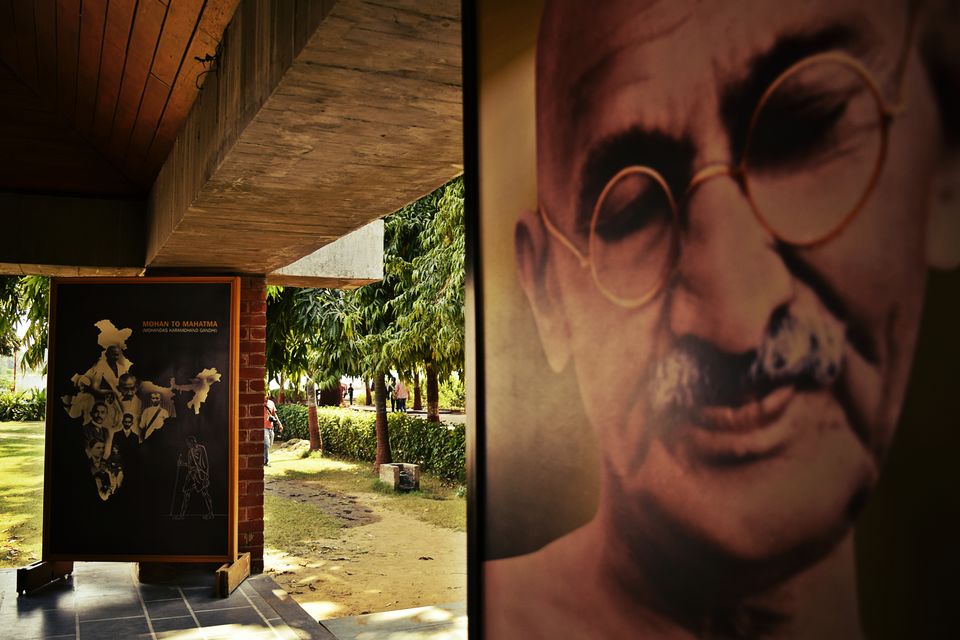
The main objectives of this ashram, as established by Bapu, were education, truth (non-violence and love), celibacy, control of the palate (no liquor or meat), no stealing, non-possession (simple living high thinking), use of home-made articles, conquer of fear, and the eradication of untouchable. All of these being promoted even today through this place.
On visiting the ashram today, you can experience the simplicity of living and pacifist beliefs with which this man was able to unite the immensely diversified and disintegrated country such as India, during the British Raj. His small cottage and the iconic 'Charkha' are an embodiment to his preservance.
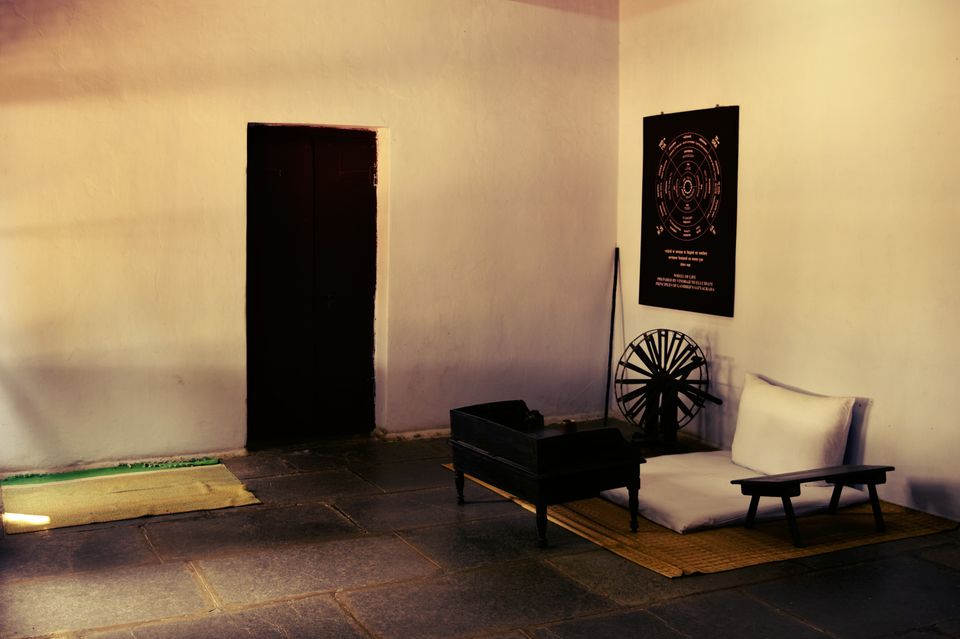
Story first published on Wildflowers Journal





